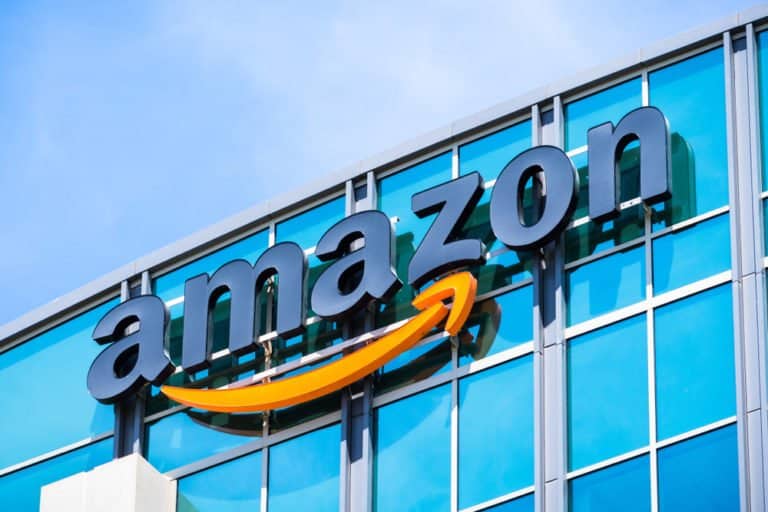From now on, Amazon servers will last a year longer. From now on, hardware will only be replaced after six years, a move that will save the company nearly a billion dollars per quarter.
Based on its research, Amazon found that it could stretch the useful life of its servers by a year. It’s the second time in less than two years that it has drawn this conclusion. In May 2022, the company already extended the useful life of its cloud hardware to five years. This new move should free up $900 million per quarter.
In addition, there are several AWS initiatives to redeploy the hardware it does end up disposing of. In June, for example, the company explained how it repairs equipment where possible and sanitizes customer data to ensure responsible reuse. So-called “reverse logistics” prevent the unnecessary disposal of this equipment. Individual components are revalidated and returned to datacenters.
Tip: HP launches refurbishment program for business PCs
More efficient everywhere, and therefore more sustainable
Regardless, Amazon’s sustainability promises are broader than just longer-lived servers. For example, AWS’ infrastructure is claimed to be five times more energy efficient than “typical European data centers” and 90 percent of its electricity consumption was based on renewable energy.
Microsoft, too, has now stretched the lifespan of its own Azure servers from to six years. Like Amazon, this equipment was previously replaced after four years. More ambitiously, Scaleway argues that even that period is too short and is aiming for seven to 10 years there. In May 2023, that company announced that it had retrofitted 14,000 servers to avoid replacing them altogether. The key argument to doing so was, once more, to run a more sustainable business. It shows how much the topic has impacted the daily operations of companies operating in this space.
Revenue figures
Over the past three months, Amazon hit a revenue figure of $170 billion. This represented a 14 percent growth compared to the same period the year before. AWS grew 13 percent through a quarterly revenue of $90.8 billion.
However, its competitors Microsoft and Google’s cloud divisions are growing faster than that. For example, Azure grew 30 percent, while Google Cloud grew 25 percent.
On other fronts, Amazon has already opted to scale down. For example, it laid off 27,000 employees between the end of 2022 and mid-2023 and has reduced budgets for Prime Video and Twitch, among others.
Read more: Do the AI promises from Microsoft, Google and AMD pay off?
